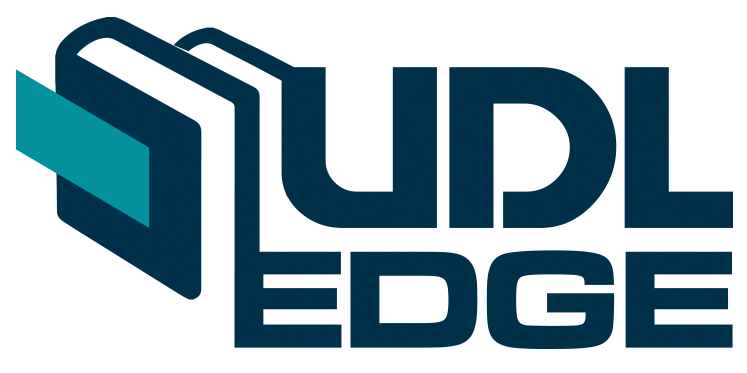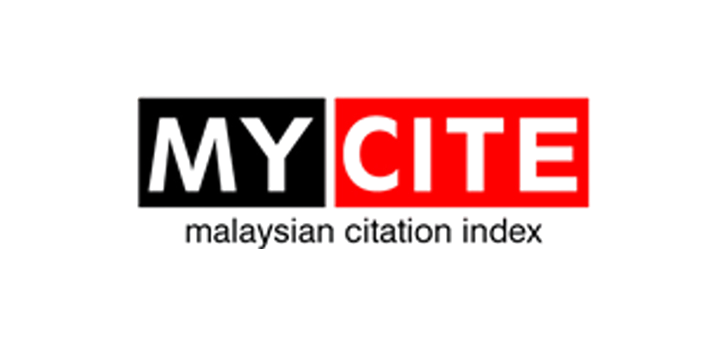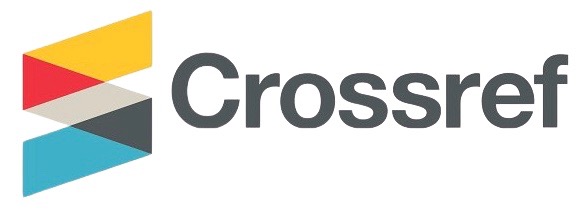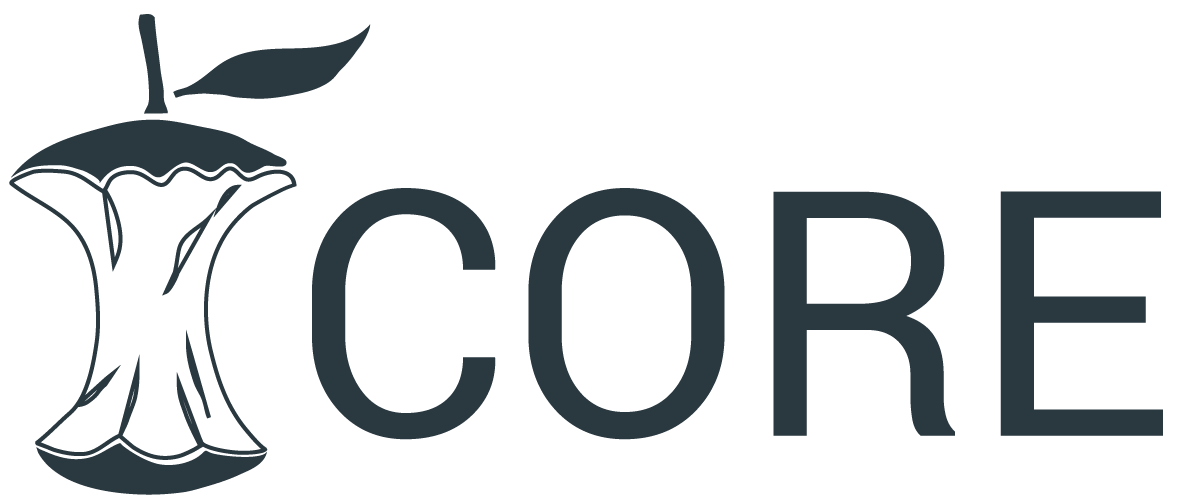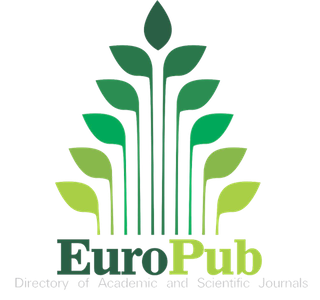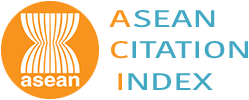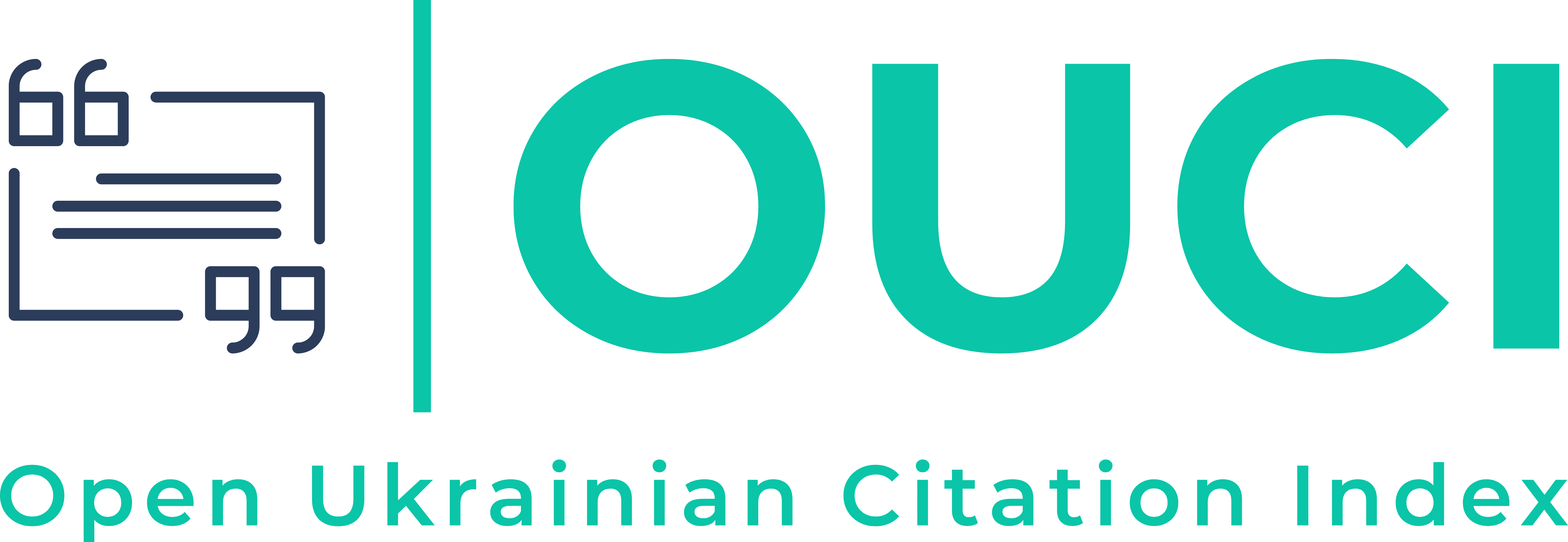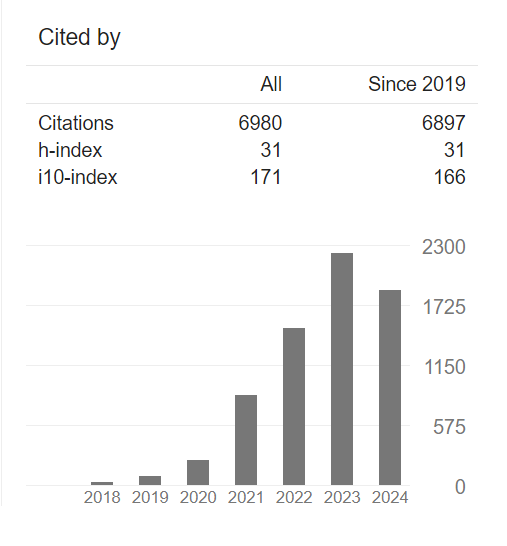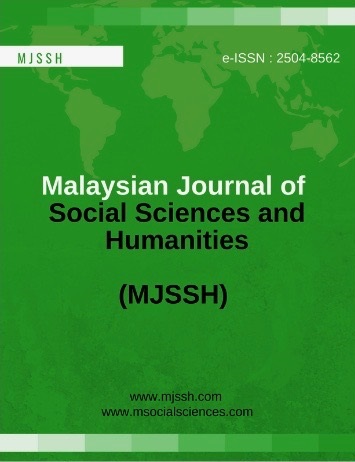Tahap Efikasi Kendiri dan Kesedaran Metakognitif Guru Matematik Zon Tenggara Sabah
Abstract
Kajian ini bertujuan untuk mengkaji tahap efikasi kendiri dan kesedaran metakognitif dalam kalangan guru matematik sekolah menengah Zon Tenggara Negeri Sabah. Kajian ini menggunakan pendekatan tinjauan dan teknik pensampelan bertujuan, kajian ini melibatkan seramai 226 guru dari Pejabat Pendidikan Daerah Tawau, Lahad Datu, Semporna, dan Kunak. Data diperoleh melalui soal selidik yang mengadaptasi instrumen skala Teacher Efficacy Scale (TES) dan Multifactor Emotional Intelligence Scale (MEIS). Analisis deskriptif dianalisis menggunakan Statistical Program Social Science (SPSS). Dapatan kajian mendapati bahawa kesedaran metakognitif berada pada tahap sederhana, sementara efikasi kendiri berada pada tahap tinggi. Dapatan analisis deskriptif ini menandakan bahawa guru Matematik mempunyai keyakinan yang memadai terhadap kemampuan mereka, tetapi masih ada ruang untuk peningkatan dalam cara mereka mengajar dan menguruskan proses pengajaran Matematik. Dapatan ini menggambarkan mengisyaratkan bahawa ramai guru Matematik Zon Tenggara Sabah memiliki pemahaman yang mendalam terhadap fakta-fakta dan maklumat asas yang berkaitan dengan bidang tugas mereka, menandakan penguasaan yang kukuh dalam aspek pengetahuan asas matematik.
Downloads
References
Adams, D. (2022). Education in Malaysia. London: Routledge.
Bakar, M. A. A., & Ismail, N. (2019). Impak pelaksanaan strategi pembelajaran regulasi metakognitif dalam pembelajaran matematik: Satu kajian literatur. Jurnal Dunia Pendidikan, 1(1), 18-26.
Balcikanli, C. (2011). Metacognitive awareness inventory for teachers (MAIT). Electronic Journal of Research in Educational Psychology, 9(3), 1309–1332.
Bandura, A. (1997). Self‑Efficacy: The Exercise of Control. W. H. Freeman.
Bandura, A., & Wessels, S. (1997). Self-efficacy (pp. 4-6). Cambridge: Cambridge University Press.
Barbalet, J. (2002). Introduction: Why emotions are crucial. The Sociological Review, 50(2_suppl), 1-9.
Binet, A. (1916). New research on the measure of intelligence in school children [Nouvelles recherches sur la mesure du niveau intellectuel chez les enfants d’école]. L’Année Psychologique, 17, 145–201.
Botín, F. (2013). Educación Social y emocional. Análisis internacional. Informe Fundación Botin 2013, 15-161.
Boyatzis, R. E., Goleman, D., & Rhee, K. (2000). Clustering competence in emotional intelligence: Insights from the Emotional Competence Inventory (ECI). Handbook of emotional intelligence, 99(6), 343-362.
Büscher, C., & Prediger, S. (2024). Teachers’ practices of integrating challenging demands of inclusive mathematics education in a professional development program. Journal of Mathematics Teacher Education, 27(2), 209-233.
Carinci, F., Van Gool, K., Mainz, J., Veillard, J., Pichora, E. C., Januel, J. M., ... & Raleigh, V. (2015). Towards actionable international comparisons of health system performance: expert revision of the OECD framework and quality indicators. International Journal for Quality in Health Care, 27(2), 137-146.
Chien, N. C., Howes, C., Burchinal, M., Pianta, R. C., Ritchie, S., Bryant, D. M., ... & Barbarin, O. A. (2010). Children’s classroom engagement and school readiness gains in prekindergarten. Child development, 81(5), 1534-1549.
Cohen, E. (2018). Stream sampling framework and application for frequency cap statistics. ACM Transactions on Algorithms (TALG), 14(4), 1-40.
Creswell, J. W., & Creswell, J. D. (2017). Research design: Qualitative, quantitative, and mixed methods approaches. Sage publications.
Efklides, A., Schwartz, B. L., & Brown, V. (2017). Motivation and affect in self-regulated learning: does metacognition play a role?. In Handbook of self-regulation of learning and performance (pp. 64-82). Routledge.
Ertmer, P. A., Ottenbreit-Leftwich, A. T., & York, C. S. (2006). Teachers' knowledge and beliefs: Impacts on integrating technology in classrooms. International Society for Technology in Education Journal.
Etikan, I., Musa, S. A., & Alkassim, R. S. (2016). Comparison of convenience sampling and purposive sampling. American journal of theoretical and applied statistics, 5(1), 1-4.
Flavell, J. H. (1978). Metacognitive development. Structural/process theories of complex human behavior, 213-245.
Flavell, J. H. (1979). Metacognition and cognitive monitoring: A new area of cognitive-developmental inquiry. American Psychologist, 34(10), 906-911. https://doi.org/10.1037/0003-066X.34.10.906
Gagne, R. M. (1974). Instruction and the conditions of learning. Psychology of school learning: Views of the learner, 1, 153-175.
Gibson, S., & Dembo, M. H. (1984). Teacher efficacy: A construct validation. Journal of educational psychology, 76(4), 569.
Gobingca, B. Z., & Mqolombeni, N. (2011). Perspectives of Rural Teachers on the Effects of Peer Pressure on Learners’ Behaviour–A Case of the Mqanduli Magisterial District, South Africa. Education, 22(2), 113-31.
Goleman, D. (2024). Kecerdasan emosional. Gramedia Pustaka Utama.
Goos, M., & O’Sullivan, K. (2022). Numeracy Across the Curriculum. Oxford Research Encyclopedia of Education. Retrieved 31 Jul. 2025, from https://oxfordre.com/education/view/10.1093/acrefore/9780190264093.001.0001/acrefore-9780190264093-e-1530.
Gordon, R. M., & Gordon, R. M. (1987). The structure of emotions: Investigations in cognitive philosophy. Cambridge University Press.
Gulistan, M., Athar Hussain, M., & Mushtaq, M. (2017). Relationship between Mathematics Teachers' Self Efficacy and Students' Academic Achievement at Secondary Level. Bulletin of education and research, 39(3), 171-182.
Ismail, M., Rahim, P. R. M. A., & Yusoff, M. S. M. (2013). Educational strategies to develop discipline among students from the islamic perspectives. Procedia-Social and Behavioral Sciences, 107, 80-87.
Kementerian Pendidikan Malaysia. (2017). Dasar pendidikan kebangsaan.. Dokumen Kurikulum Standard Sekolah Menengah (KSSM) Matematik Tingkatan 1–5. Bahagian Pembangunan Kurikulum, Kementerian Pendidikan Malaysia.
Khazani, M. Z. M. (2005). Hubungan antara Iklim Organisasi dan Prestasi Kerja di kalangan Guru Matematik Sekolah Rendah di Semenanjung Malaysia (Doctoral dissertation, Fakulti Ekonomi dan Pentadbiran, Universiti Malaya).
Kowalski, T. L. (2025). A Mixed Methods Investigation Exploring Secondary Literacy Teachers’ Professional Identity and Its Connection to the Implementation of a Multi-Tiered System of Supports (Doctoral dissertation, Northwest Nazarene University).
Ku Mahamud, K. H., & Shaari, A. S. (2020). Penilaian terhadap tahap efikasi diri dan pengetahuan isi kandungan dalam kalangan guru matematik. Jurnal Intelek, 15(2), 1-11.
Lee, F. L. M., Yeung, A. S., Tracey, D., & Barker, K. (2015). Inclusion of children with special needs in early childhood education: What teacher characteristics matter. Topics in early childhood special education, 35(2), 79-88.
Lerch, J. C., & Buckner, E. (2018). From education for peace to education in conflict: Changes in UNESCO discourse, 1945–2015. Globalisation, Societies and Education, 16(1), 27-48.
Mangunwijaya, Y. B. (2001). Mencari Visi Dasar Pendidikan. Dalam Sindhunata (Ed.), Pendidikan: Kegelisahan Sepanjang Zaman (hlm. 16). Kanisius.
Mayer, J. D., & Salovey, P. (1995). Emotional intelligence and the construction and regulation of feelings. Applied and preventive psychology, 4(3), 197-208.
Memnun, D. S., Hart, L. C., & Akkaya, R. (2012). A research on the mathematical problem solving beliefs of mathematics, science and elementary pre-service teachers in Turkey in terms of different variables. International Journal of Humanities and Social Science, 2(24), 172-184.
Muis, K. R., Psaradellis, C., Chevrier, M., Di Leo, I., & Lajoie, S. P. (2016). Learning by preparing to teach: Fostering self-regulatory processes and achievement during complex mathematics problem solving. Journal of Educational Psychology, 108(4), 474.
Parankimalil, J. (2014). Meaning, nature and characteristics of intelligence. Educationist, story teller and motivator. pp, 1-4.
Parrott, W. G. (2001). Emotions in social psychology: Essential readings. Psychology Press.
Plutchik, R. (2001). The nature of emotions: Human emotions have deep evolutionary roots, a fact that may explain their complexity and provide tools for clinical practice. American scientist, 89(4), 344-350.
Sanger, M. J., Brecheisen, D. M., & Hynek, B. M. (2007). Can computer animations affect college biology students' conceptions about diffusion & osmosis? Journal of Research in Science Teaching, 44(8), 1162-1186.
Sayles, L. R., & Strauss, G. (1981). Managing human resources. (No Title).
Schoenfeld, A. H. (2016). Learning to think mathematically: Problem solving, metacognition, and sense making in mathematics (Reprint). Journal of education, 196(2), 1-38.
Sternberg, R. J., Wagner, R. K., Williams, W. M., & Horvath, J. A. (1995). Testing common sense. American psychologist, 50(11), 912.
Suriyanti, Y. (2015, November). " Emotional Learning" sebagai Pengembangan Pendidikan Karakter. Prosiding Seminar Pendidikan Ekonomi dan Bisnis, 1(1).
Tschannen‑Moran, M., & Woolfolk Hoy, A. (2001). Teacher Self‑Efficacy: Its Meaning and Measure. Review of Educational Research, 68(2), 202–248.
UNESCO. (2022). Transforming education for holistic student development. Brookings Institute.
Yulianto, J. E. (2024). Buku Ajar Psikologi Sosial. Penerbit Universitas Ciputra.
Zulkifli, Z., Hashim, I. H. M., & Yahaya, M. (2021). Hubungan antara Kecerdasan Sosial dan Kecerdasan Spiritual dengan Kepuasan Kerja: Satu Kajian Rintis. Journal of Human Development and Communication (JoHDeC), 10, 89-98.


